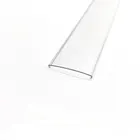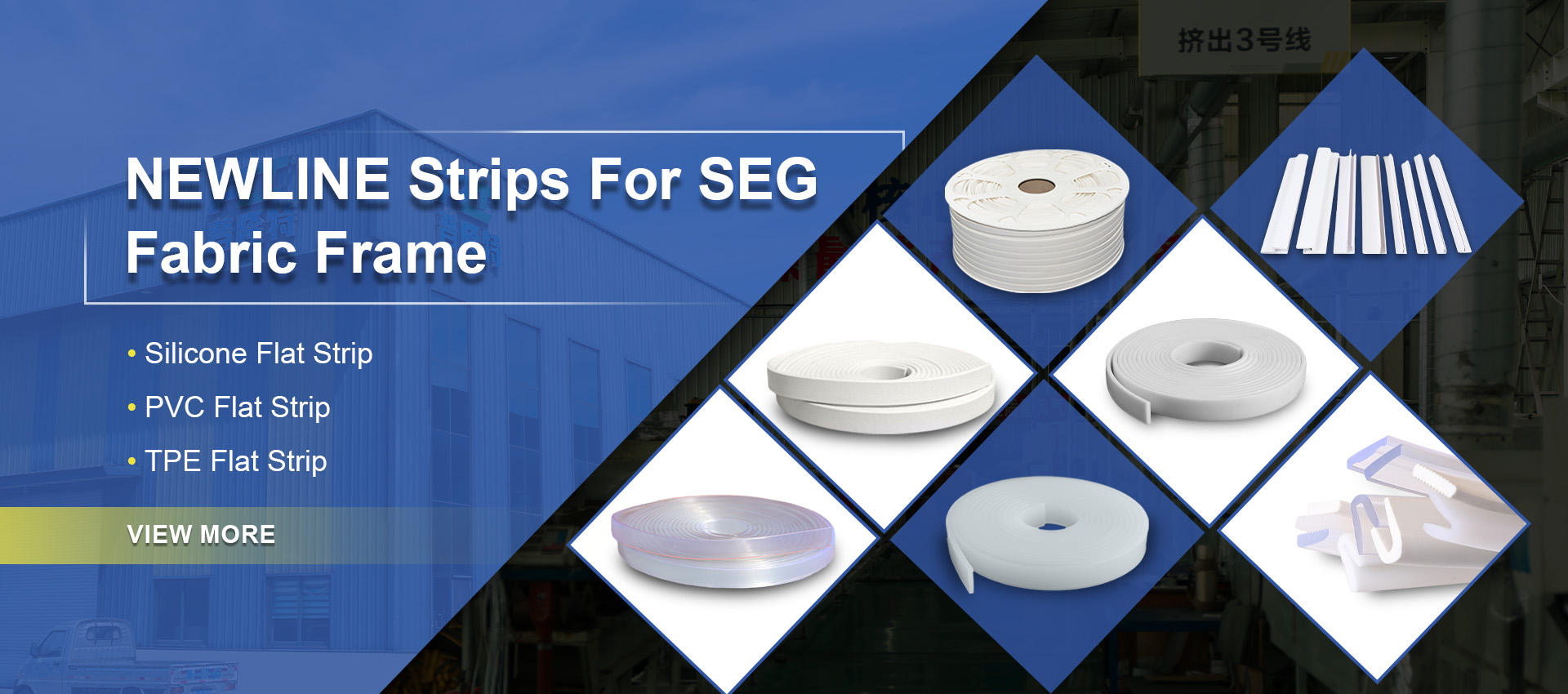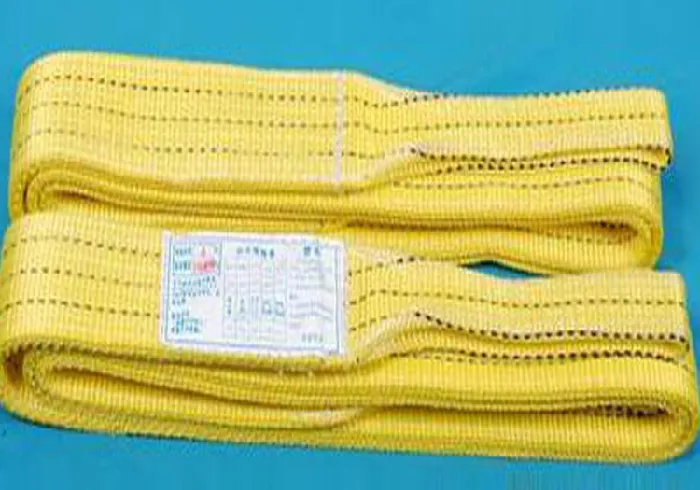A flat bed sewing machine is characterized by its flat working surface, which is aligned with the needle and the feed dogs. This design allows fabrics to lie flat while being stitched, making it ideal for a wide range of sewing tasks. The flat bed design is the most common and traditional type of sewing machine, often used in both domestic and industrial settings.One of the primary applications of flat bed sewing machines is garment construction. These machines are perfect for sewing straight seams, hemming, and attaching zippers. They provide a stable surface that ensures smooth and even stitching, which is essential for creating high-quality clothing. From basic T-shirts to intricate dresses, flat bed sewing machines can handle various fabric types and thicknesses, making them incredibly versatile.Flat bed sewing machines are also widely used for quilting. The flat surface is ideal for piecing together quilt blocks and stitching quilt tops. Quilters can easily maneuver large pieces of fabric, ensuring precise and consistent stitches. Additionally, these machines are used in the creation of home décor items such as curtains, pillowcases, and tablecloths. Their ability to produce straight, even stitches makes them perfect for sewing long seams and hems.
 Home
Home










